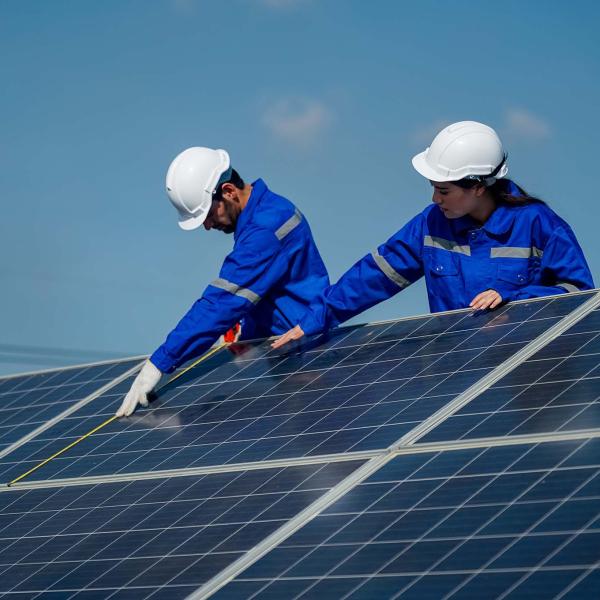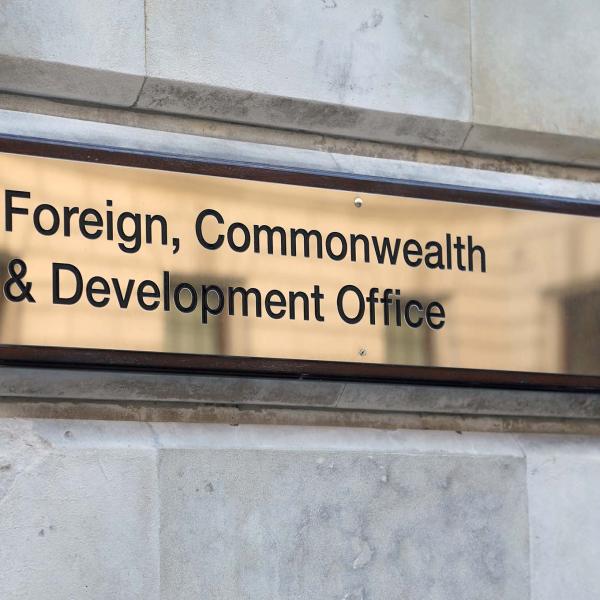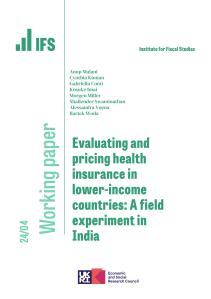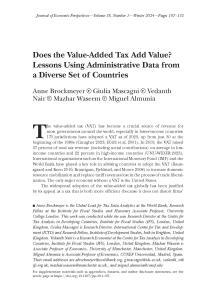A pre-condition for grassroots participation, key for community-based development success, is widespread programme knowledge among the eligible population. The current literature on local participatory institutions mainly focuses on village meetings and media campaigns as a means to strengthen community awareness. The role played by social interactions in this process has received little attention to date. In this paper I use Manski's (1993) standard linear-in-means model to estimate endogenous peer effects on the awareness of vulnerable groups on Tanzania Social Action Fund II (TASAFII), i.e. Tanzania's flagship community-driven development programme. I employ a popular 2SLS estimation strategy developed by Bramouille et al. (2009) and De Giorgi et al. (2010) on a unique spatial household dataset from Tanzania to eliminate both the 'reflection bias' (Manski, 1993) and the 'exclusion bias' (Caeyers, 2014). Denoting the geographically nearest neighbours set as the relevant peer group in this context, I identify significant average and heterogeneous endogenous social interaction effects in the diffusion of information about TASAF II. The findings of this paper inform the design of effective sensitisation campaigns.
This working paper was published in February 2014 by the Centre for the Study of African Economies at the University of Oxford.









